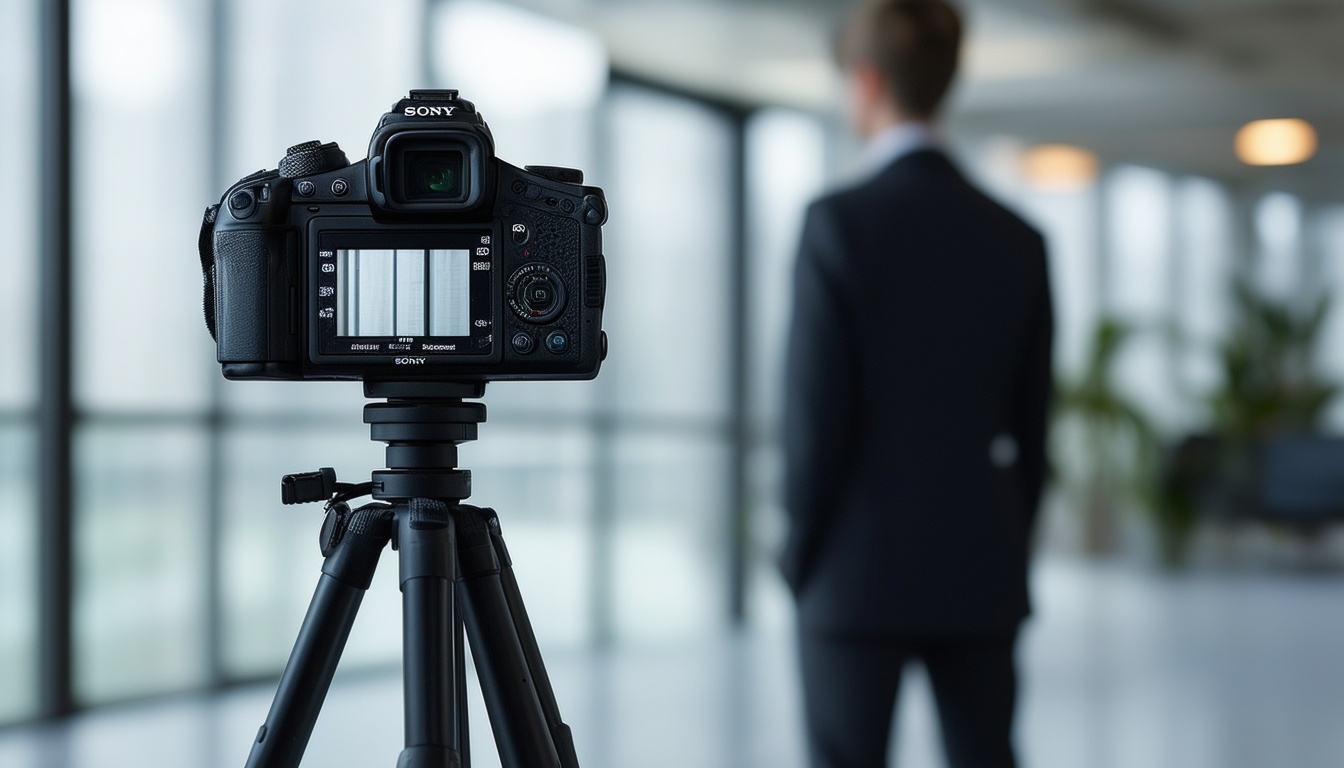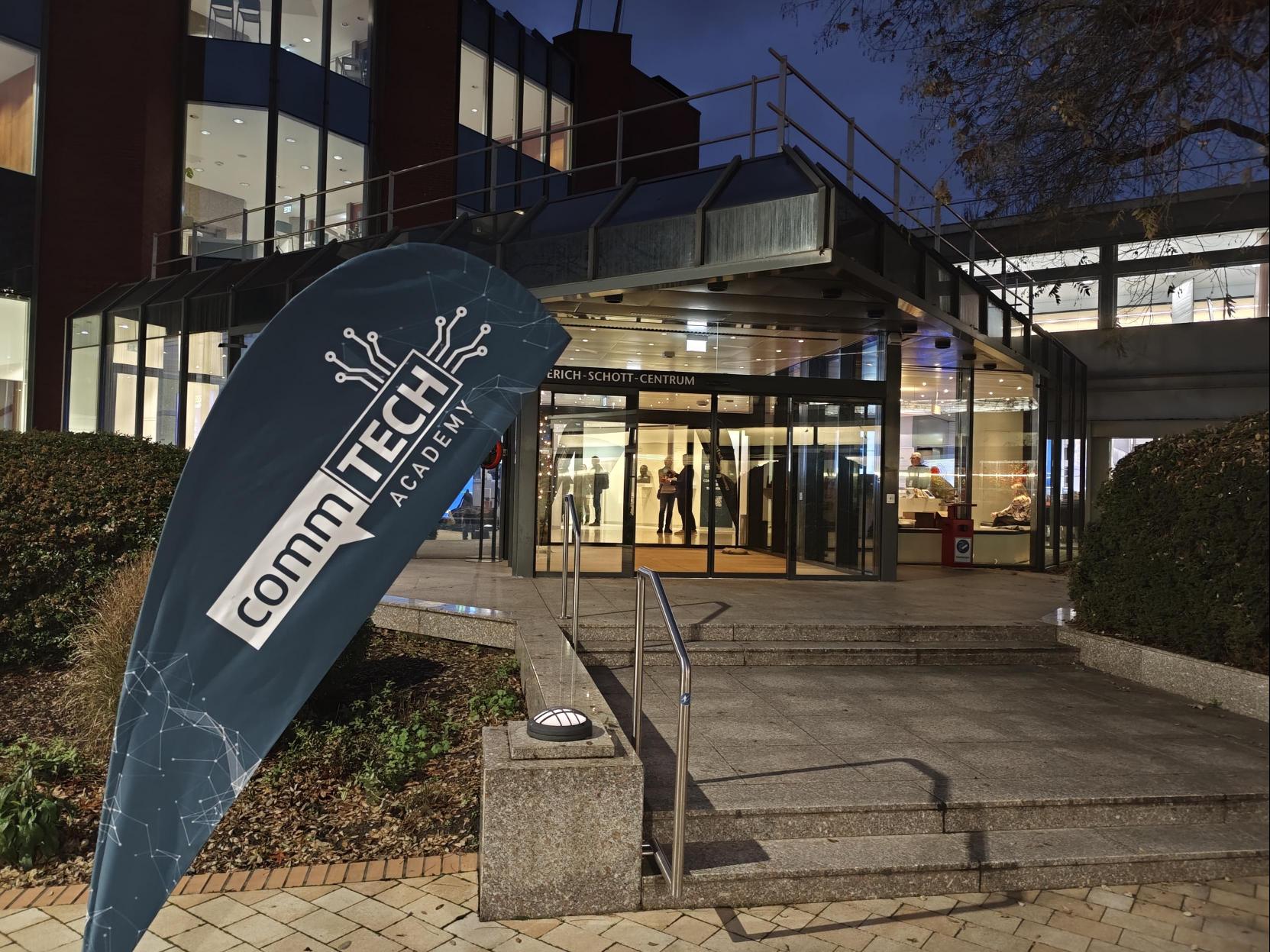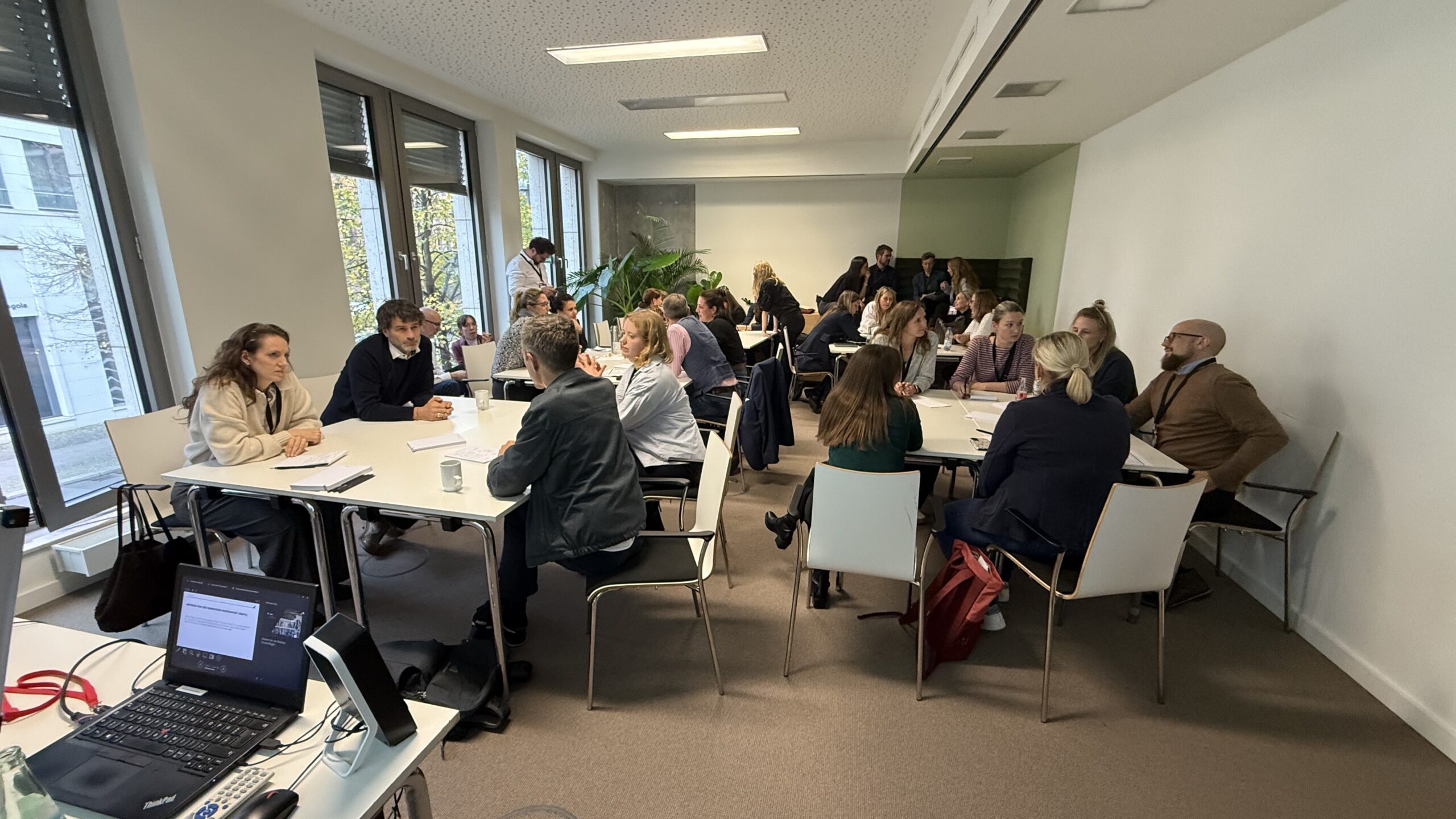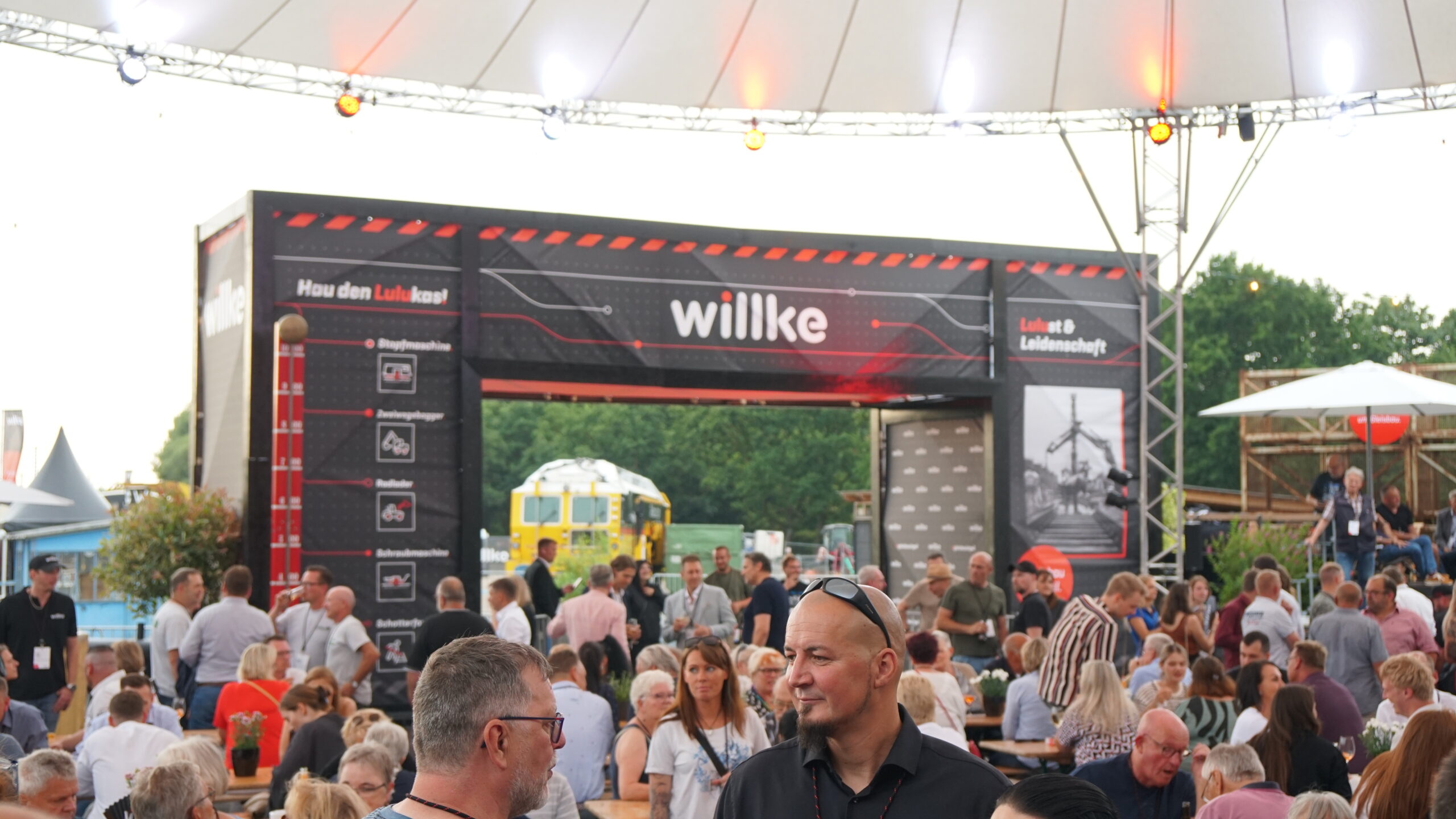
21.10.25
“Could you please summarize that again?” This question from media training highlights a key challenge in modern corporate communications: the art of conveying complex content accurately and convincingly. In an age where every statement is available globally within seconds, professional media communications are becoming a decisive factor for success. Especially when the pressure mounts, whether due to critical questions or crisis situations, the value of solid communications preparation becomes clear.
Precision is the key to compelling communication
The ability to formulate messages clearly and concisely is the basis for successful media appearances. However, in stressful situations, many communicators tend to get lost in details or give lengthy answers. The risk is that the actual message becomes diluted or is lost altogether.
In training, we therefore teach a simple but effective structure:
- Key message: The key message in a few sentences
- Reason: A brief explanatory sentence for the context
- Example: A concrete example that makes the statement tangible
This method has proven to be very effective in all of our media training courses. It helps to structure thoughts in advance and convey even complex topics in a concise and understandable way.
Body language has a decisive influence on perception
In addition to precision in content, nonverbal communication plays a central role. Our video analyses in training regularly reveal surprising insights:
- Gestures: Excessive movements quickly appear frantic.
- Eye contact: A fixed or evasive gaze signals uncertainty.
- Posture: Unconscious movement patterns distract from the message
Targeted exercises help participants develop a confident and authentic presence. This is not about rehearsed gestures, but about consciously using your own natural impact.
The right strategy for critical questions
The internationally recognized bridging technique has proven itself in challenging interview situations. This method enables you to act professionally even when faced with critical questions, while authentically conveying your core messages. The approach follows a natural flow of communication:
- Address the question: “I understand your point...”
- Creating a transition: “It is particularly important ...”
- Place core message: “Let me explain that in more detail...”
This method is not a means of manipulation, but rather a tool for constructive dialogue, on equal terms and with a clear communication strategy.
Your path to confident communication – even in crisis situations
Successful media appearances are no coincidence, but rather the result of professional preparation. As experts in strategic communication, we support you in strengthening your media presence, from individual media training to the development of compelling Vordenkerpositionen.
Let's work together to achieve your communication goals. Contact us for a personal consultation: info@orcavanloon.de

21.10.25
“Could you please summarize that again?” This question from media training highlights a key challenge in modern corporate communications: the art of conveying complex content accurately and convincingly. In an age where every statement is available globally within seconds, professional media communications are becoming a decisive factor for success. Especially when the pressure mounts, whether due to critical questions or crisis situations, the value of solid communications preparation becomes clear.
Precision is the key to compelling communication
The ability to formulate messages clearly and concisely is the basis for successful media appearances. However, in stressful situations, many communicators tend to get lost in details or give lengthy answers. The risk is that the actual message becomes diluted or is lost altogether.
In training, we therefore teach a simple but effective structure:
- Key message: The key message in a few sentences
- Reason: A brief explanatory sentence for the context
- Example: A concrete example that makes the statement tangible
This method has proven to be very effective in all of our media training courses. It helps to structure thoughts in advance and convey even complex topics in a concise and understandable way.
Body language has a decisive influence on perception
In addition to precision in content, nonverbal communication plays a central role. Our video analyses in training regularly reveal surprising insights:
- Gestures: Excessive movements quickly appear frantic.
- Eye contact: A fixed or evasive gaze signals uncertainty.
- Posture: Unconscious movement patterns distract from the message
Targeted exercises help participants develop a confident and authentic presence. This is not about rehearsed gestures, but about consciously using your own natural impact.
The right strategy for critical questions
The internationally recognized bridging technique has proven itself in challenging interview situations. This method enables you to act professionally even when faced with critical questions, while authentically conveying your core messages. The approach follows a natural flow of communication:
- Address the question: “I understand your point...”
- Creating a transition: “It is particularly important ...”
- Place core message: “Let me explain that in more detail...”
This method is not a means of manipulation, but rather a tool for constructive dialogue, on equal terms and with a clear communication strategy.
Your path to confident communication – even in crisis situations
Successful media appearances are no coincidence, but rather the result of professional preparation. As experts in strategic communication, we support you in strengthening your media presence, from individual media training to the development of compelling Vordenkerpositionen.
Let's work together to achieve your communication goals. Contact us for a personal consultation: info@orcavanloon.de



